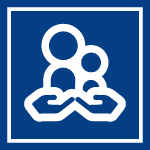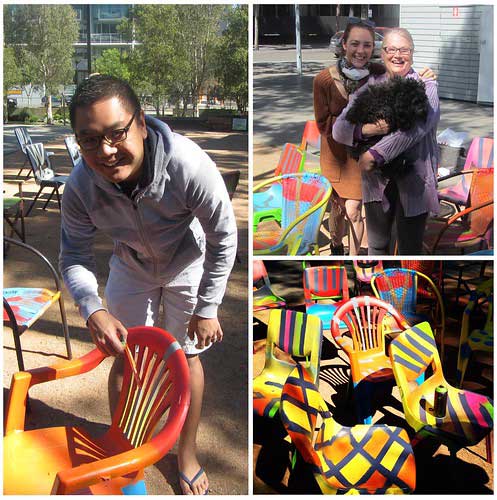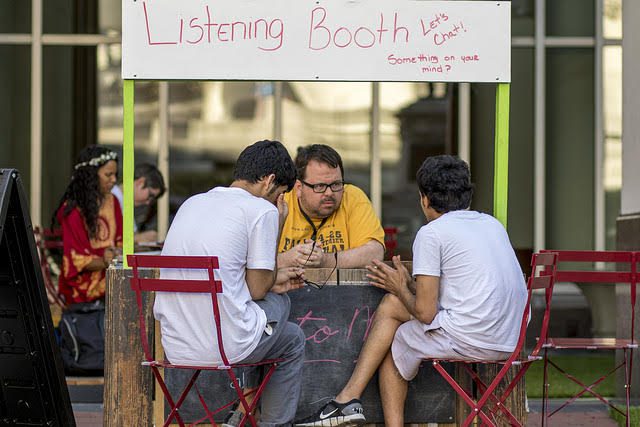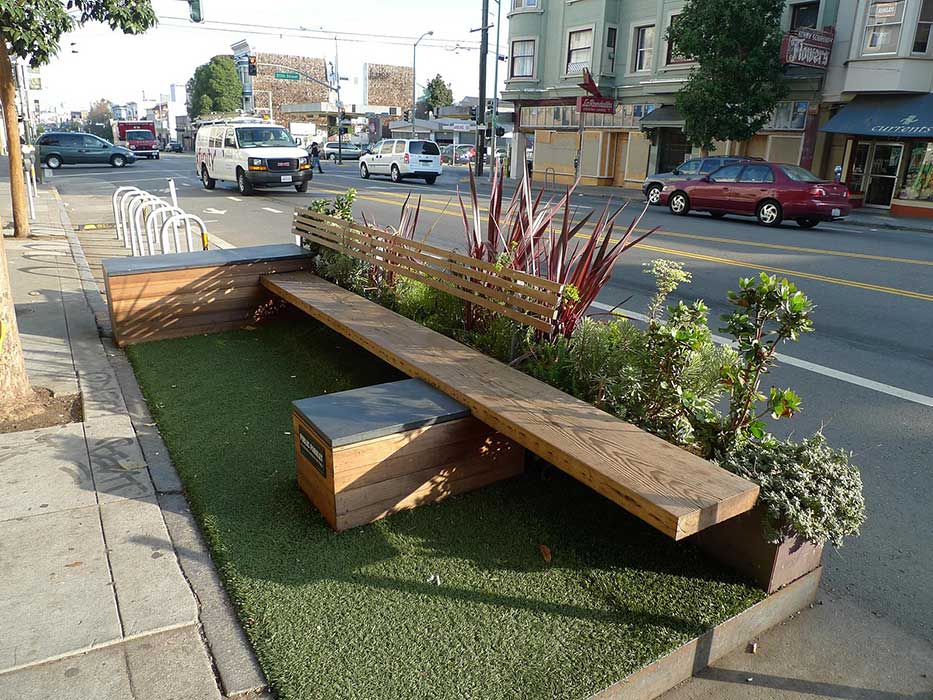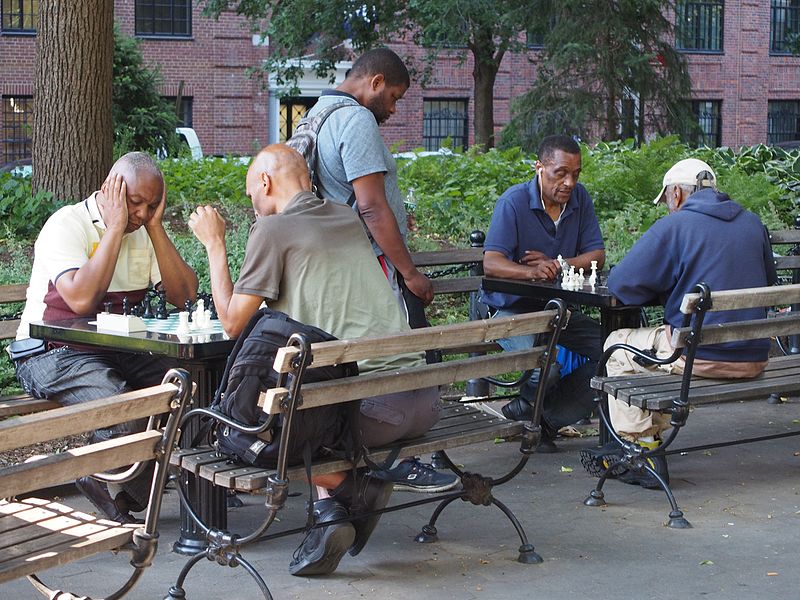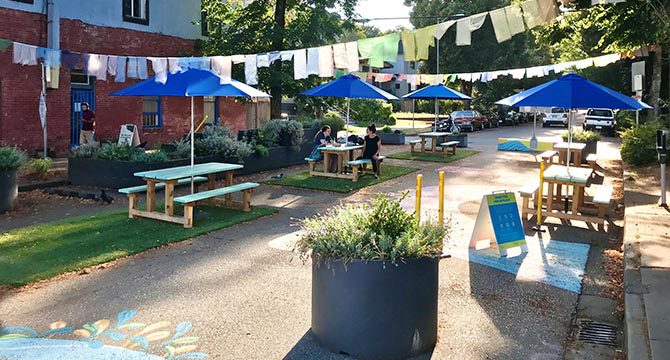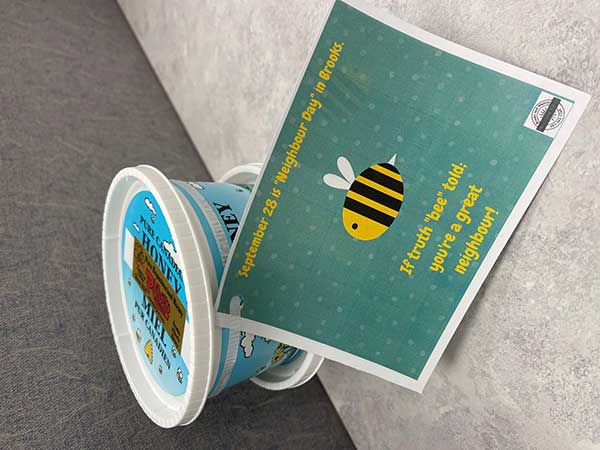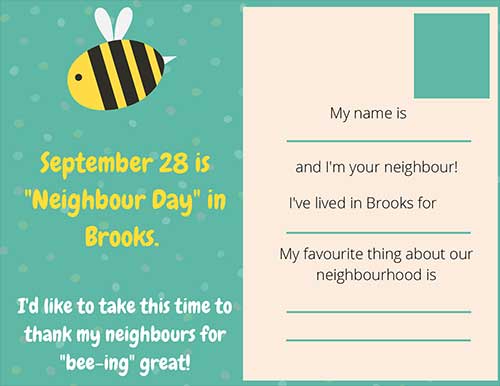Rural / Remote
Choose areas that are on a main street and that encourage people to meet and perhaps go for a walk and chat . Consider where people gather and access services and create active and social opportunities in those spaces. For example, in remote areas, take advantage of places that are part of daily life such as close to medical facilities, schools, post offices, spiritual gathering places, and grocery stores. Create walking pathways around popular gathering spaces (e.g., playgrounds).


